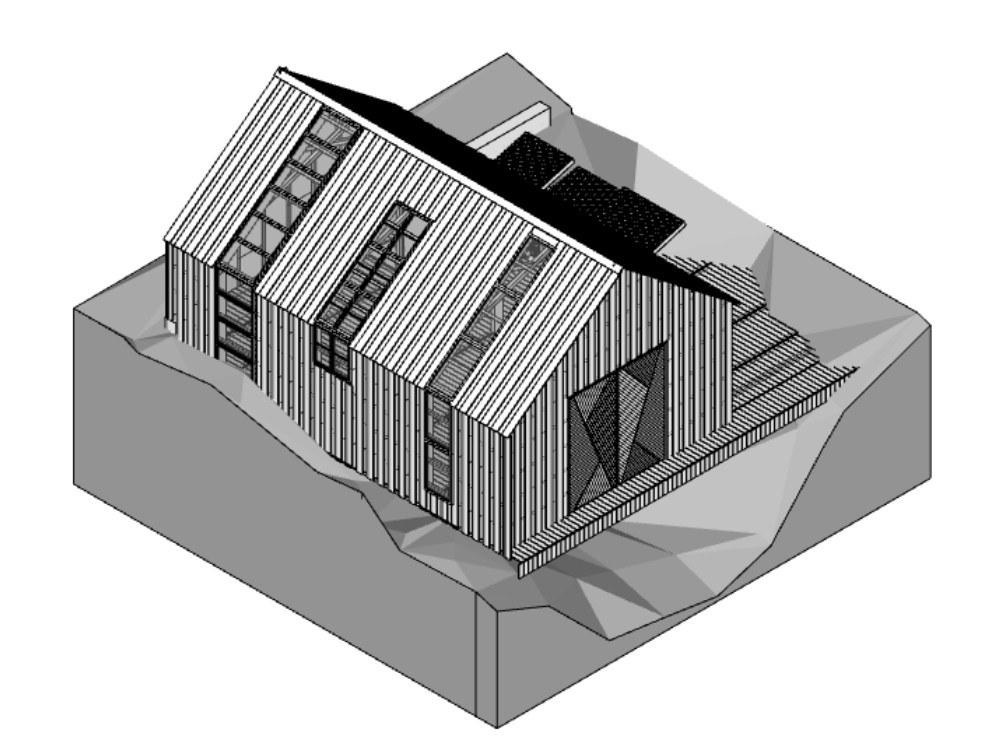Naust paa aure - tyin tegnestue architects skp
The owner of the old shed decided to tear down the existing house of the mid-eighteenth century and build it again; but its simple form; its sensitive location and the honest use of the materials inspired the design of the new building in the same place. the structure had been built on an unstable clay floor. thus; the new building is based on h-profiles of eight meters in length; that extend through a crack in the bedrock. to facilitate the foundation work; some parts of the construction of the wall rest directly on a mountainous terrain. for the reconstruction, the greatest possible quantity of existing materials of 150 years of antiquity was used; as internal lining or as shuttering of concrete walls and footings; and old windows of a neighboring farm were incorporated. the placement of these openings was key to deciding the distance between pillars in the main construction. the external cladding was made with norwegian pine boards; treated with natural resins from the production of sugar (kebony). in this way; the exterior does not need maintenance or painting. over time; the expository; the method of construction and the details have given this cover to the weather will give the shed a silvery gray patina very characteristic. on the other hand; the doors of the south facade (where the sun in the northern hemisphere) rise up like garage doors and create a semi-covered gallery. the backlit panels offer a comfortable lighting; while steel plates from the old pier protect the doors from the hardness of the climate. the respect to the use of the materiizo its distinguished architectonic characteristics.

